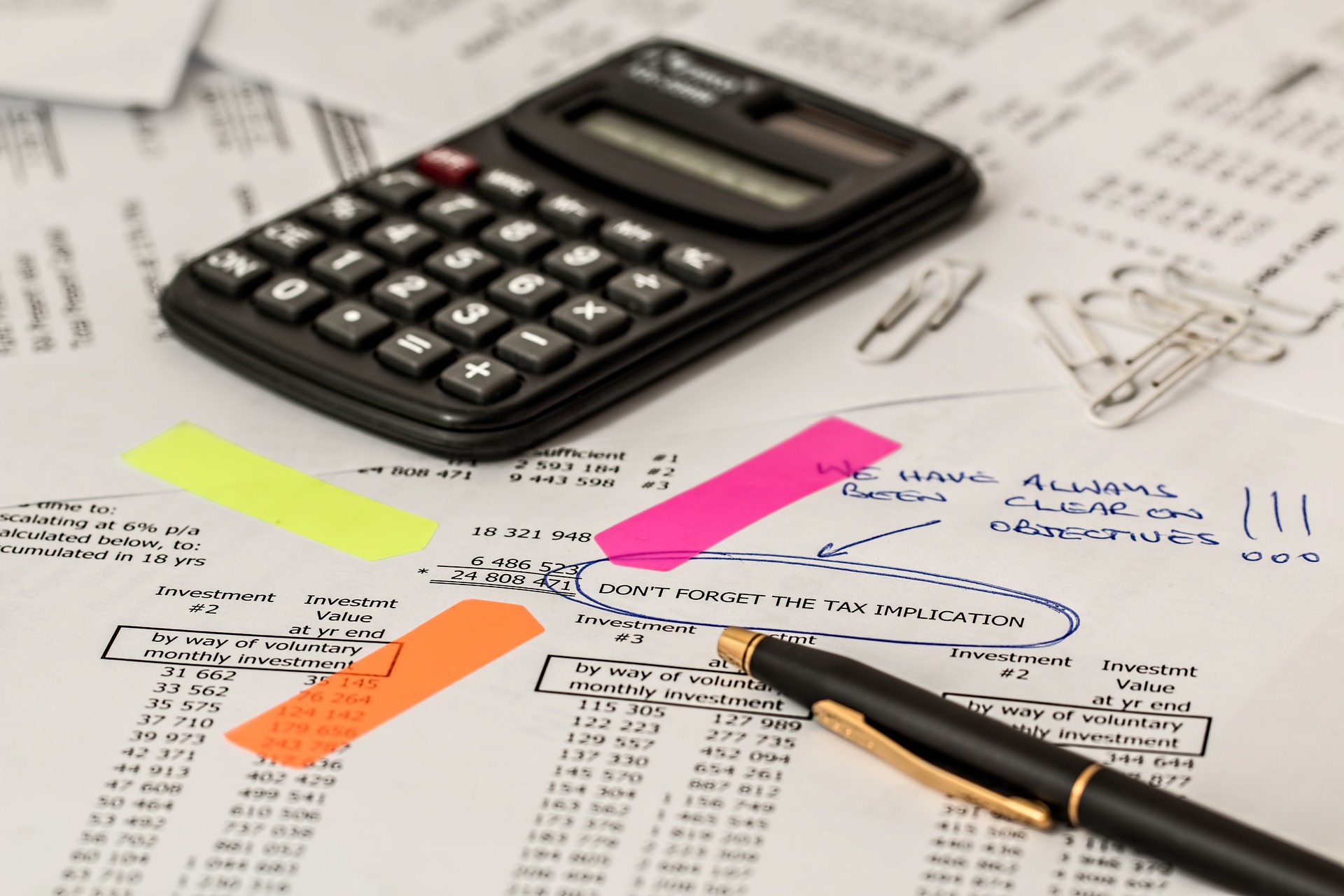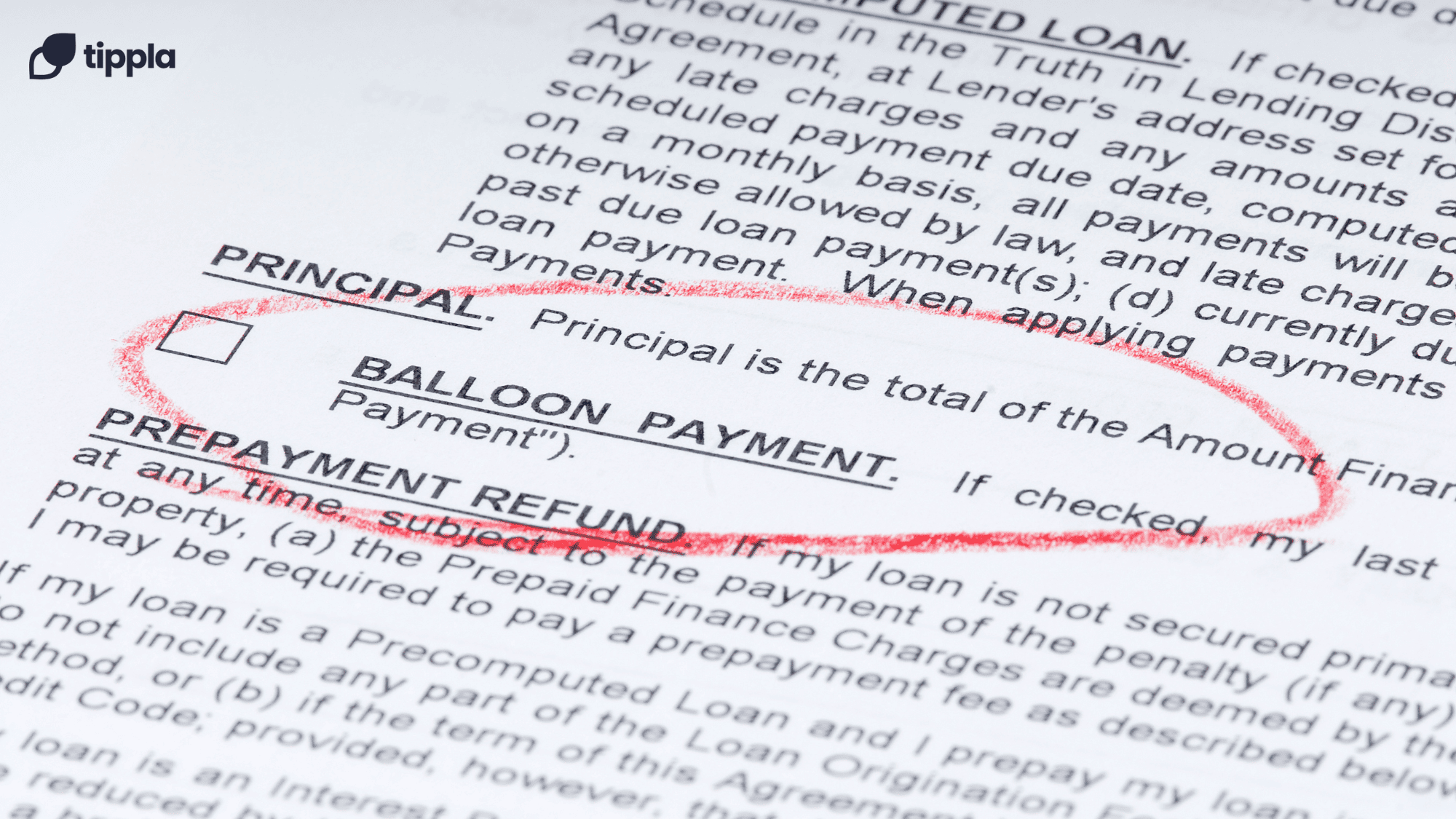Published in July 28, 2021
Process of Personal Loans: How they work

The process of personal loans and how they work
If you need that extra cash but you don’t really understand how a personal loan works, you’ve come to the right place! Understanding the process of personal loans will give you the right tools to compare and make informed financial choices.
What is a personal loan?
A personal loan is a certain amount of money that you borrow from a lender for personal purposes. You repay that money over a set amount of time with added interest. A personal purpose could be anything: Paying for a big bill, consolidating debt, buying a car, paying for a holiday, or starting out as an entrepreneur are all examples for personal purposes. Personal loans are a good way to bridge short time financial issues. The set loan term will help you budget and pay off your personal loan in a specified time window.
The process of personal loans, how does it work?
No matter if personal or business loan, all loans work in a similar way. This is to say, not all loans are the same. You may want to look into different types first before you jump right into the application. You start by applying to borrow a specific amount from a financial institution like a bank or a private lender.
Your process of personal loans consists of 5 different steps:
- Choosing the right loan and lender;
- Applying with the necessary documents;
- Your lender assesses your suitability;
- Receive your money after your approval;
- Repaying your loan in the set terms.
When you first apply, your lender will assess your eligibility for the loan. That’s done by evaluating multiple factors regarding your financial situation. Every lender has their own process but they will most likely look at your credit score, credit report, and bank statements.
What’s next?
If you are suitable, you will then discuss with your lender a suitable loan term in which you pay back the full sum of money plus additional interest and fees. Your lender can charge fees for various things such as establishing the loan (=establishment fee), paying it off early, or missing a payment. Interest is another type of fee that you pay on top of your loan amount for the ability to use their money. A loan term can be anything from 1 to 7 years, and you can decide to pay back weekly, fortnightly, or monthly. What’s best for you depends on your financial situation.
Once you get approved for a loan, the lender will then immediately send you the full amount of the loan. After receiving the loan, you will make the repayments that will include the initial loan amount with added fees and interest. If you follow the repayment procedures as listed on your loan contract, your loan will be repaid in full by the time your term ends.
Process of personal loans: Step-by-step guide
Previous to your application, there are a few more things to look into. How do you decide what loan is best for you? How to know what interest rate is available to you? What are your chances to get accepted? It’s best to know your options before you apply. Therefore, it is a good idea to keep an eye on your credit score and make sure that it grows over time. How? Tools like Tippla allow you to check your score frequently and improve it by taking action.
The process of personal loans is as simple as this: You start with a comparison of your options, check your eligibility, apply, get approved or rejected, have the loan funded, repay the loan, and finally loan closure.
However, you should think twice before taking on debt. Can you easily afford repayments? If you are unsure, the national debt hotline provides free financial counselling.
Step 1: Comparison
The first step in taking out a personal loan is deciding what type of personal loan you’ll need. Here are some of the options to consider when taking out a personal loan:
- Car loan. As the name suggests, this type of loan will help you purchase a car. The vehicle can be new or used and can include motorcycles, motorhomes and boats. You can use the same vehicle as security when taking out this loan. What does that mean? If you can’t finish your repayments, your lender may take your vehicle instead to pay off the missing amount.
- Secured personal loan. A secured personal loan is a loan of a large sum that requires collateral. You can have assets such as a car, home, or expensive belongings put forward as security. You may lose your asset if you fail to make your loan payments.
- Unsecured personal loan. An unsecured loan is a loan of a small amount, usually up to $5,000. You’re not required to put an asset forward as security, however, the interest on unsecured loans is usually higher than other types.
- Short term loan. Short term loans are the same as payday loans. These loans usually have a small amount and short loan term. Amounts usually go up to $2,000.
- Personal overdraft. This type of loan attaches to your transaction account. You can access the specified limits when the funds are exhausted and can then get charged a set rate.
- A personal line of credit. This type of loan is similar to a personal overdraft, however, it’s an account that’s separate to your transaction account.
Compare lenders and banks
After deciding which type of loan best suits your needs and financial situation, it’ll be time to compare offers from banks and lenders. Here’s what to look out for:
- Loan amount. What’s the minimum and maximum amount that this lender offers and is it sufficient for you?
- Loan term. What are the minimum and maximum loan terms? Does this term suit your budget and fit into your time frame?
- Fees. What fees come with your loan contract? These fees can be establishment, application, early payment, or ongoing fees. Discuss the additional fees with your lender to further understand your payments.
- Interest rate. One of the most important numbers to compare when it comes to loans is the interest rate. Is this rate fixed or variable? You can then determine whether this rate is competitive.
- Repayments. Once you determine your preferred loan amount and term, you can use a loan payment calculator to understand whether the loan repayments can fit into your budget.
Step 2: Eligibility
With all loans in Australia, you will need to meet the minimum requirements to qualify. While each lender may have additional criteria, these are the basics:
- Your age. You must be 18 years or older;
- You must have a regular income of at least 3 months;
- Applicants must be permanent residents or carry an acceptable visa;
- Applicants must have access to their financial details.
Step 3: Application
Every lender will have a different application process. However, almost every lender will require the following when you first apply for a loan:
- Identification. This can be a driver’s license, passport, or official documentation proving your identity.
- Proof of income. This can be your payslips from the past three to six months. It could also include bank statements and tax returns.
- Any other financial documentation. You will need to provide statements if you’re in debt.
Step 4: Approval
How long it takes for you to get your answer depends on the lender and their system. While some lenders can give you an answer immediately, some may take up to 2 weeks to approve your application. Once you provide all the necessary information, all you can do is wait on the result of your application.
Step 5: Loan funding
Once you get approved for a loan, your lender will send you your funds as soon as possible. This may be an immediate transfer depending on your bank provider or may take a few days until it shows up in your bank account. If you e.g. take out a car loan, the lender may send the full amount directly to the car dealership. On the contrary, if you take out an unsecured loan, the funds will be sent to your nominated bank account.
Step 6: Repayment
Most lenders allow you a certain amount of freedom with your repayment structure. You can choose to pay the loan (and interest) weekly, fortnightly, or monthly. They may allow you to decide the loan term and set it up in a way that suits you. Something to keep in mind is that your interest depends on your loan term. A shorter loan term means you will overall pay less interest.
Step 7: Loan Closure
Once you’ve made your final repayment, the loan will then be closed.
It’s as simple as that!
While we at Tippla will always do our best to provide you with the information you need to financially thrive, it’s important to note that we’re not debt counsellors, nor do we provide financial advice. Be sure to speak to your financial services professional before making any decisions.
Related articles

Does renters insurance cover collectables?
29/07/2021
Does renters insurance cover collectibles? Here’s a breakdown on...

Credit Unions vs. Banks: Which is better for my money?
28/07/2021
Credit unions and banks are both financial institutions that...


What to do after a car accident?
28/07/2021
Here’s a step-by-step guide on reporting an accident and...
Subscribe to our newsletter
Stay up to date with Tippla's financial blog